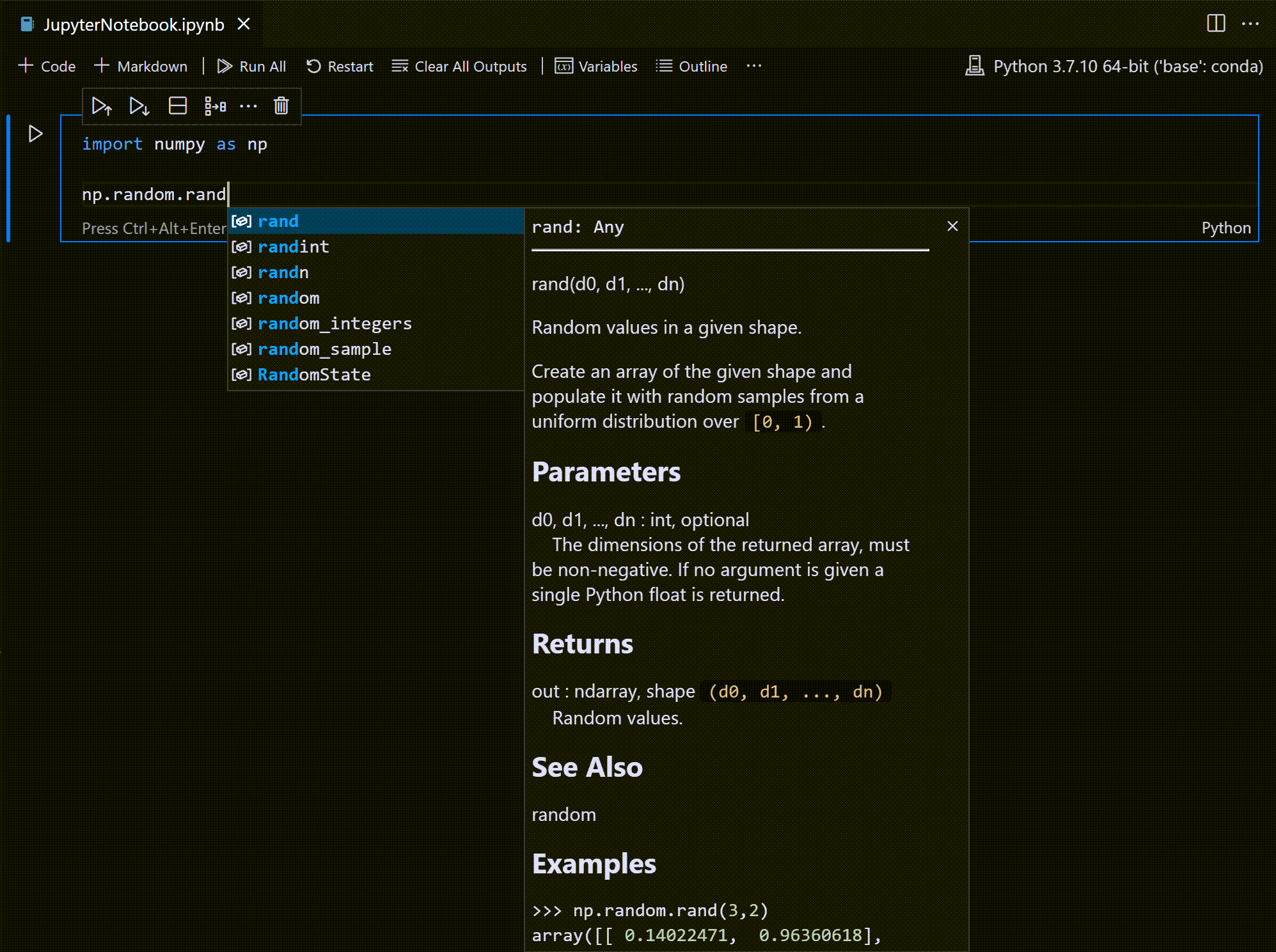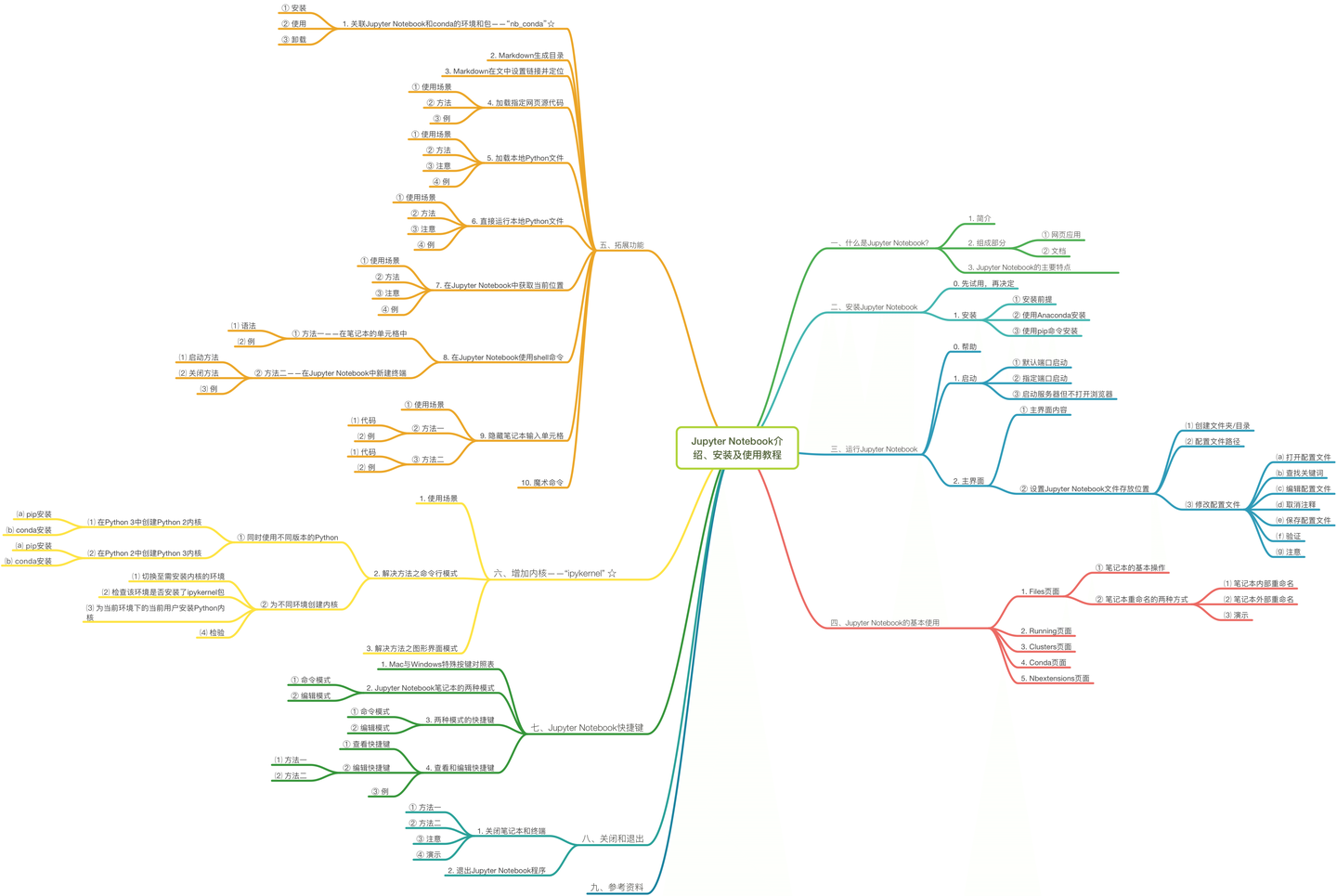

If necessary, you can also use html directly in your Markdown cells. A full introduction to the syntax is available here.Ī few of the most important pieces of syntax are:

Markdown is a convenient shorthand way to write HTML. Inside each cell, use the dropdown menu on the toolbar to choose between "Markdown" and "Code". Python cells can be edited by simply clicking into the cell. Double click on formatted text to access its underlying Markdown. Cells ¶Įach Jupyter Notebook is made up of individual cells of different types:Įach type of cell needs to be "Run" to display formatted text or evaluate Python code. In the interface, choose "Jupyter-Notebooks.ipynb" to open this workbook interactively. Binder ¶īinder is a free, non-profit, online service that hosts fully functional Jupyter Notebooks.

ipynb files (Jupyter Notebooks were previously called IPython Notebooks). To create a new Jupyter Notebook, click the New button at the top right of the screen and choose Notebook:Python 3. You'll need to navigate through the directories displayed (as in Finder(Mac) or Windows Explorer(PC)) to find existing files, or control where a new file is created. In the console window, run the following line (choose yes when prompted): conda install jupyter (Mac) Finder > Applications > Utilities > Terminal (PC) Start Menu > Anaconda3 > Anaconda Prompt.Note: If you installed miniconda, you may not have Jupyter installed yet. (Mac) Finder > Applications > Anaconda Navigator > Jupyter Notebook (PC) Start Menu > Anaconda3 (64-bit) > Jupyter Notebook If you installed Anaconda, you already have Jupyter Notebooks available: The documentation for our series of Python workshops are an application of literate programming using a tool called Jupyter Notebooks. Open / Reproducible / Replicable Science: Embed code in an article format allows others to examine and re-use specific code for reproduction or replication alongside traditional prose explanation.Įducation: This workshop series was created with literate programming via Jupyter Notebooks. Code outputs might include tables, summaries of analyses, and data visualizations. Use Cases ¶ĭata Science: Literate programming allows you to share code with descriptions and context to make interpretation and adaptation easier. This idea expands on the way we've used comments and pseudocode to organize and document our code directly in a. Literate programming combines computer code with natural language to document and explain the code. Jupyter Notebooks ¶ Literate Programming ¶


 0 kommentar(er)
0 kommentar(er)
